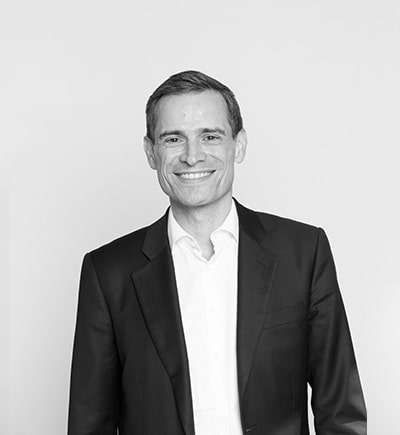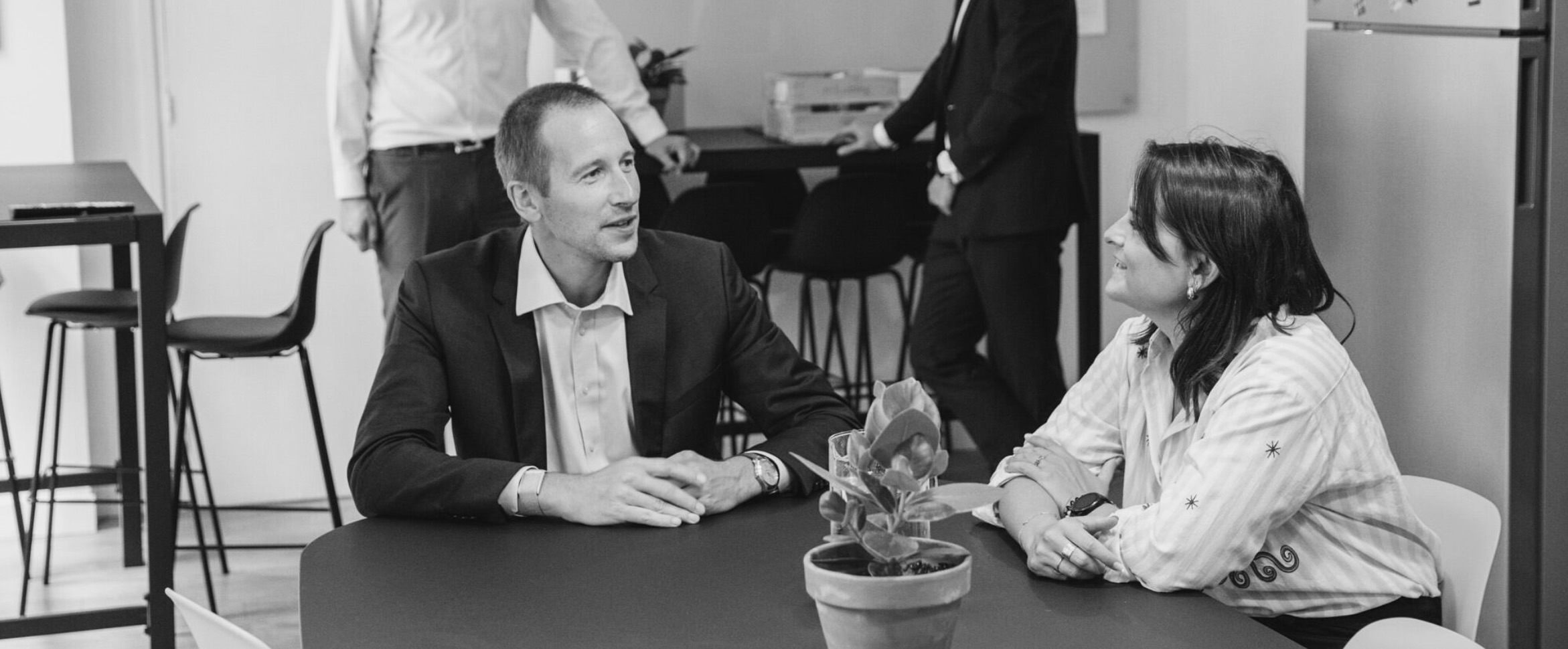“How can I change, and make others change ?”
This is a question that often arises when trying to spark momentum for transformation, only to face resistance—whether within ourselves or from others—that slows down the possibility of doing things differently. It often points to a deeper challenge: overcoming the natural internal and external obstacles that hinder change. This challenge is unavoidable for managers—understood broadly here as anyone leading or actively contributing to a change initiative.
In this article, and in those to follow, we draw on our experience supporting transformations to share with you some fundamental human levers of action during periods of change… with the aim of creating lasting value.
The three-part framework of a successful change dynamic
A change process can classically be broken down into three phases. At Talisker, for each phase, we like to associate a key concept:
1. The initialization phase
This is when change first emerges. It hasn’t yet taken shape in practice but begins to form in the realm of ideas. Here, the notion of vision is essential. The challenge lies in crystallizing a shared representation of a possible future, aligning different sensitivities and personal perceptions. In this stage, decision-makers within the management line are the primary actors.
2. The enrichment phase
Next comes enrichment: the vision is broadened by the input of experts. This is a time for dialogue and decision-making. At the end of this participative process, the management team selects among different proposals and pathways to the goal—while also taking full responsibility for the consequences of those choices. Here, the notion of responsibility becomes central.
3. The implementation phase
Finally comes implementation. This is when the transformation project collides with the reality of day-to-day work and the weight of ingrained habits. Success at this stage depends primarily on others—the people tasked with bringing the vision to life. The key here is alterity: the ability to understand those who are different from oneself, in order to mobilize them and bring them into action within the required timeframe.
For each phase, we will highlight common practices widely observed in organizations today, while also shedding light on Talisker’s distinctive approaches in client engagements—those that accelerate value creation—together with insights into what is at play at both the individual and collective levels in each phase of the human dynamic of change.
Vision: the central challenge of the initialization phase
Every transformation journey begins with an initialization phase, in which the notion of vision comes fully into play. Building a vision means laying the foundation for stakeholders to project themselves into the future and commit to change.
Common practices observed
Organizations often set up workshops or seminars to carry out this work of elaboration and alignment. Decision-makers involved in the transformation come together to define the meaning and direction of the change—based on their initial perceptions. In these sessions, the work with the management line is twofold:
-
on one hand, to make explicit the strategic orientations and guiding principles for the journey ahead;
-
on the other, to express the need for a shared effort to pursue this collective goal.
Our approach: combining rational and emotional dimensions
Beyond these established practices, our experience has shown that success at this stage rests on working simultaneouslyon both rational and emotional dimensions:
-
The rational dimension involves precisely defining the objective of the change, the meaning behind it, and the method to achieve it. The challenge is to secure agreement on the strategic ambition of the transformation: to articulate what we want to achieve, and how.
Over the course of our consulting engagements, Talisker teams have become convinced that the quality of relationships within the decision-making core must come first. If these bonds are fragile or damaged, it becomes essential to carry out reconciliation work among key people before even attempting to construct the rational case for transformation. -
The emotional dimension, often left in the shadows, is equally critical. While significant time is usually devoted to strategic orientations, it is just as important to focus on the need to push boundaries together. Change cannot succeed without a collective momentum driven by desire.
At Talisker, our effectiveness comes from working on these two dimensions in parallel. In the same learning sequence, we aim to strengthen the rational ownership of the project’s ambitions, while also creating space for each leader to emotionally project themselves into the future.
How to address the emotional dimension
The emotional dimension means placing the individual at the center and encouraging personal expression. The key challenge is to create a safe space where everyone can speak freely. Working on desire in this sense means giving each person the opportunity to clarify—both for themselves and for others—what they are willing to personally and professionally invest in the change project.
Since this openness can only emerge in the right conditions, the essential task is to establish, during dedicated moments (most often in seminars), a climate of trust that supports self-expression.
Paradoxically, by freeing individual expression, we strengthen mutual trust and reinforce the collective. Or, as viewed through the lens of socio-dynamics, the human challenge of this phase lies in bringing to light the “I” that each person can invest in the collective “game.”
And to discover our insights on the enrichment phase, stay tuned for the next article in this series!





